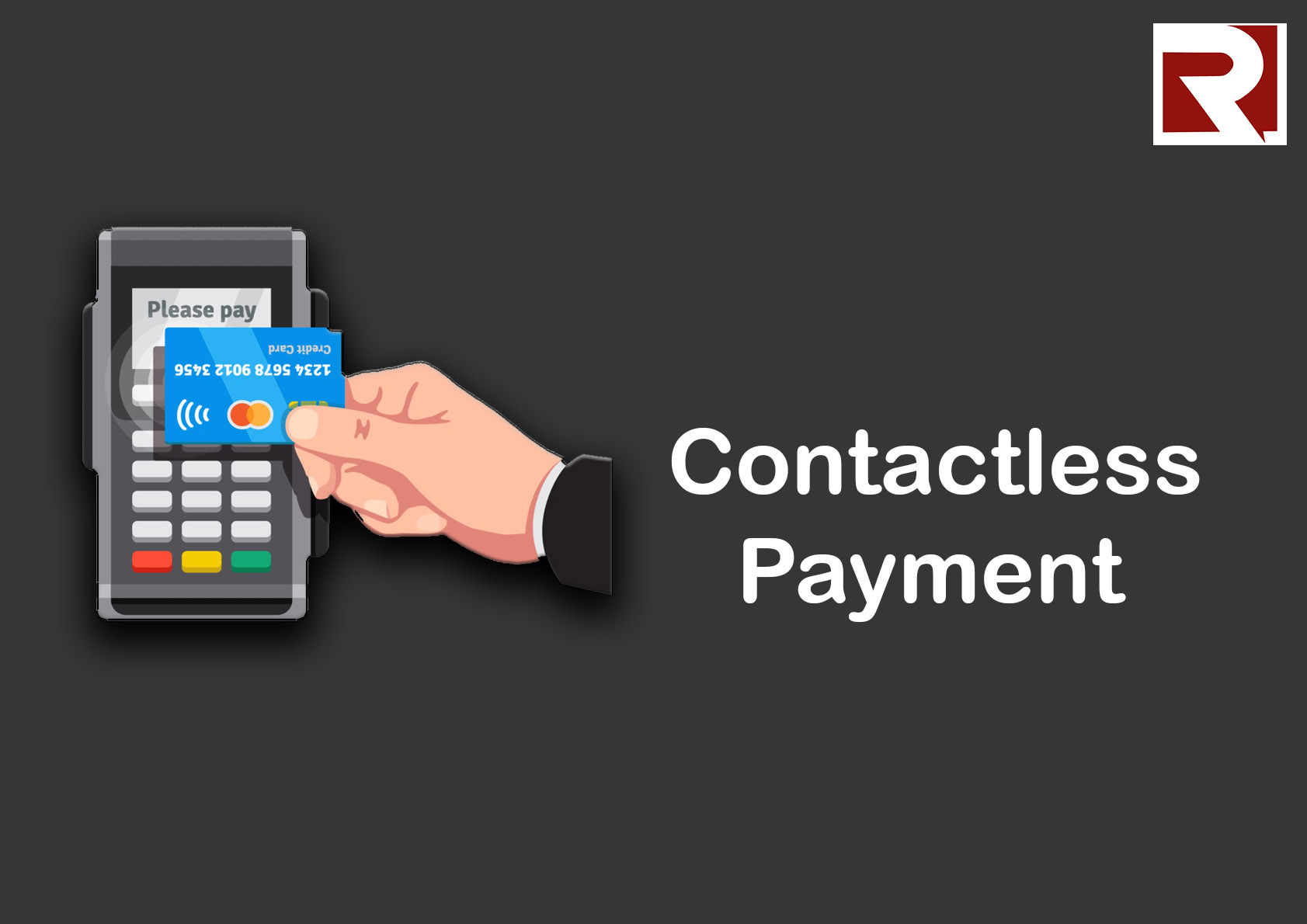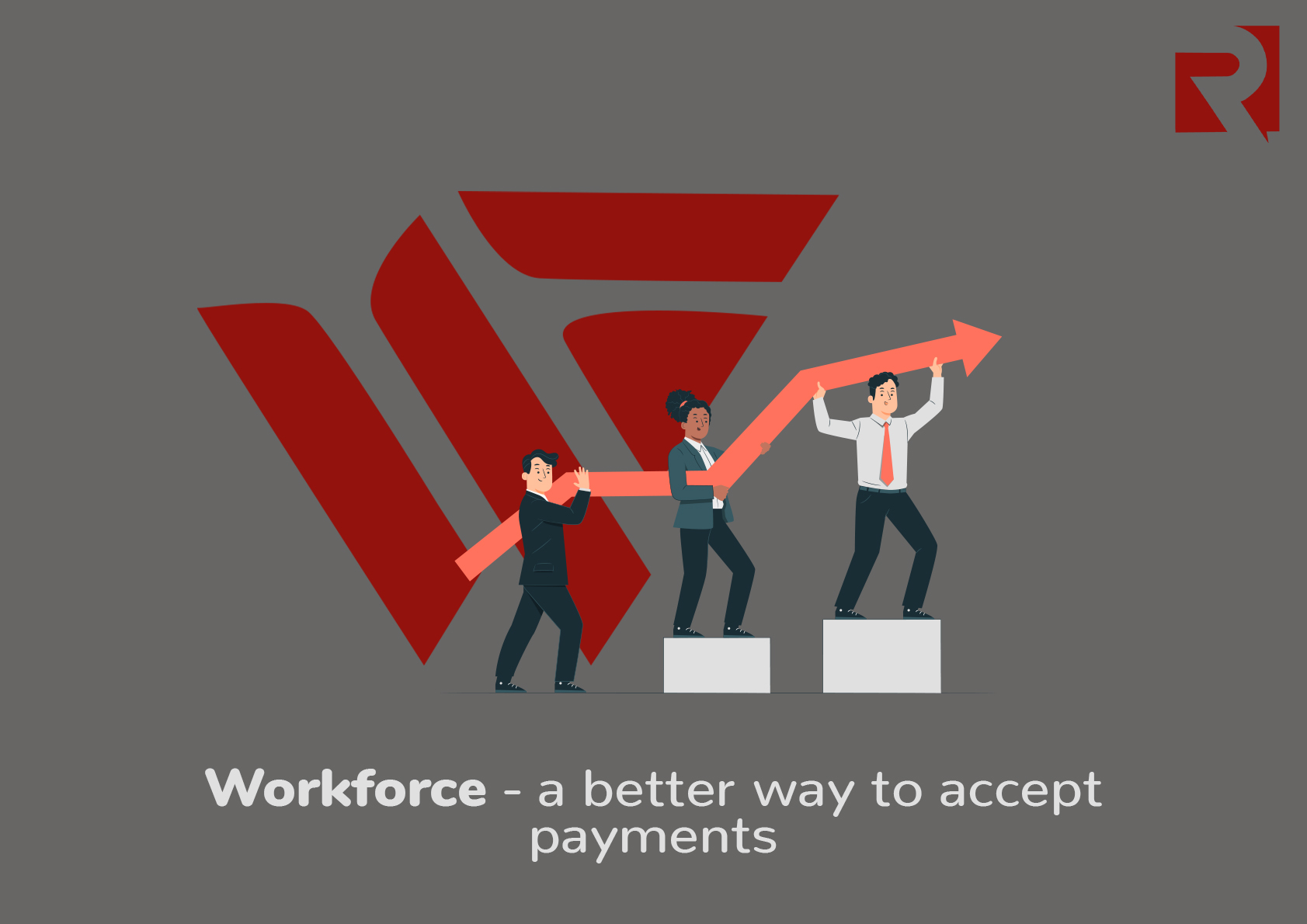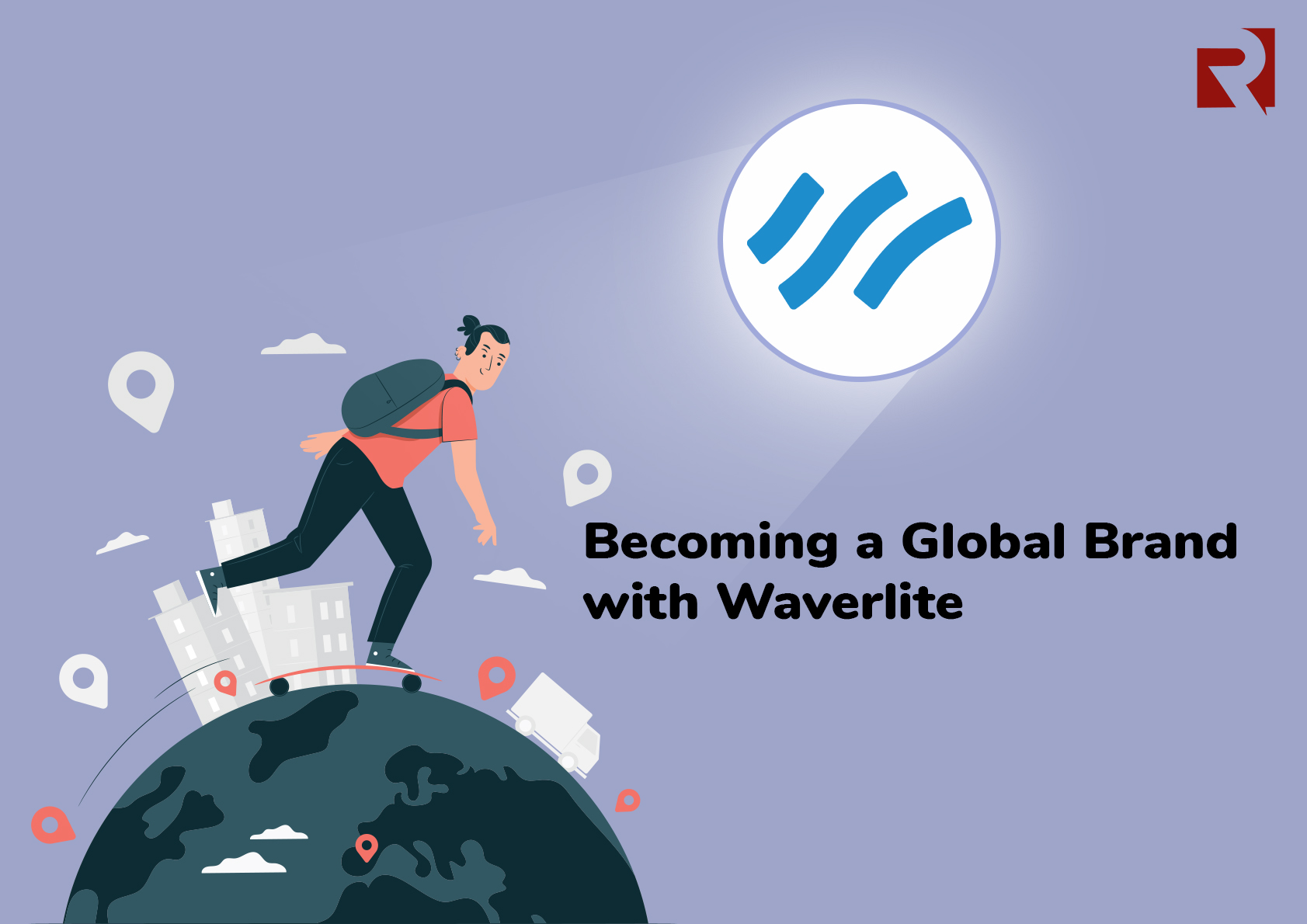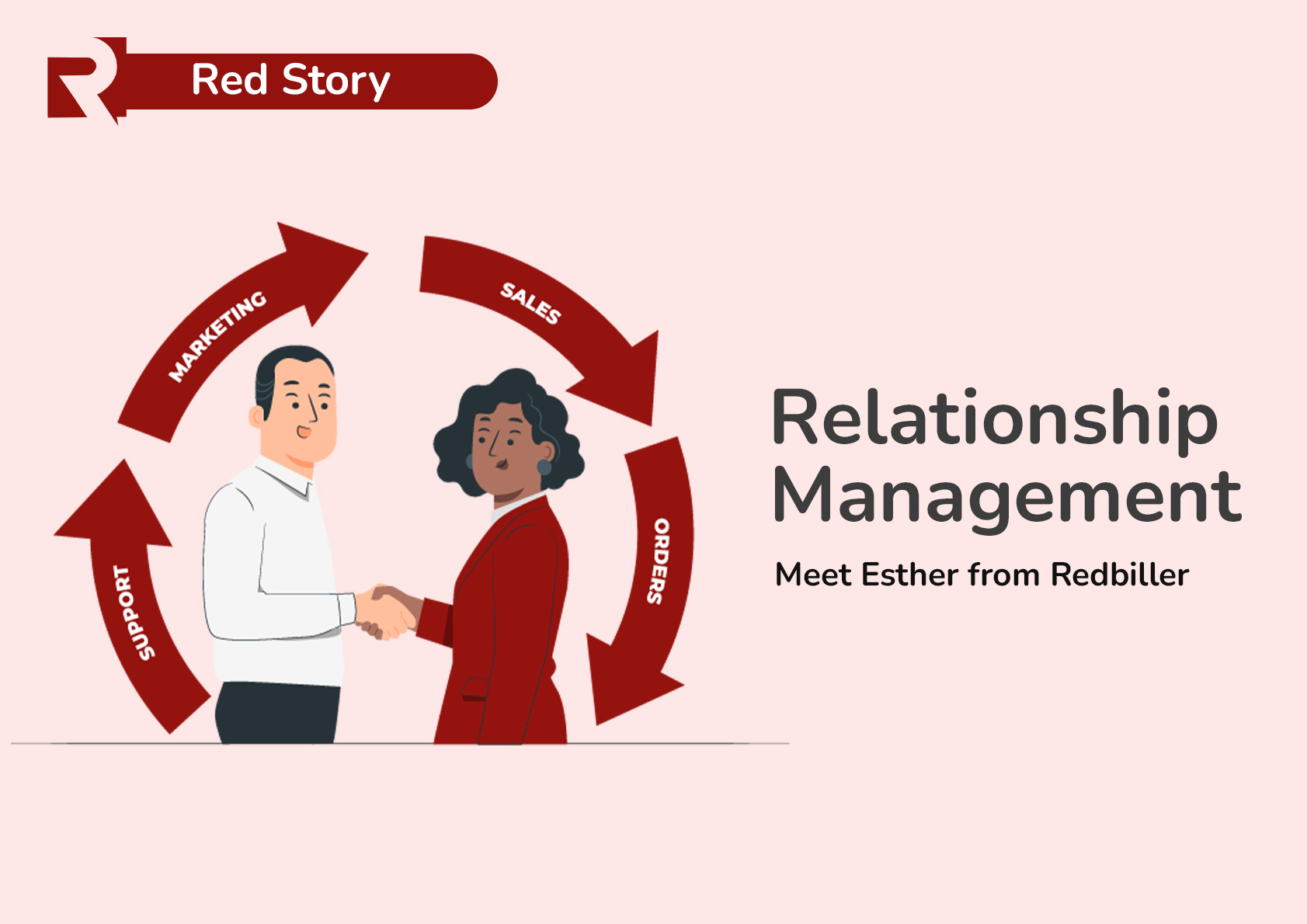Contact with infected persons and surfaces are the primary means of transmission of the coronavirus. And these rightly gave rise to concerns about card payment. If an infected person touches your card for any reason and gives it back, you can be sure you got back your card with the virus on it. The pressing question became “how do we pay with our card without having physical contact of any sort?”Thankfully the solution has been around for a few years. It is Contactless Payment.
While the use of contactless payment can be traced back to the 1990s, regular card payment has remained the more popular and most widely-used payment option. South Korea transit authority first launched a contactless payment system in 1995. Mobil also adopted a contactless payment system in 1997, and the first contactless cards in the UK were issued ten years later.
What is Contactless payment?
Contactless payment is the process of making secured payments using radio-frequency identification (RFID) or near field communication (NFC). As the name implies, the process involves no form of physical contact/connection between the sender and the receiver.
Contactless payment is not limited to cards - debit card, credit card, smart card. It also includes smartphones and other mobile devices that use radio-frequency identification or near field communication. The embedded chip allows people to wave their card or device over a reader to make a payment.
Pros
It is quite fast and easy to use. Contactless payment doesn’t require a PIN or security code to complete payment. This means fewer people waiting in the queue to pay and an improved customer experience. All you need to do is wave your magic wand -card or device- to make payment.
This instantly raises the question of how secure contactless payment is. But, contactless payment is more secure than magnetic stripes at the back of payment cards as the information transferred through the seller’s terminal is encrypted.
Also, contactless payments transactions are usually limited to prevent large unauthorised purchases. There are also measures in place to block double payment for the same transaction. If you lose your card or device, you can contact your bank/provider to disregard payment requests from you.
However, contactless payment is not without its risk. Although the card can be read only from a short distance, scammers can still get close enough to read your card.



